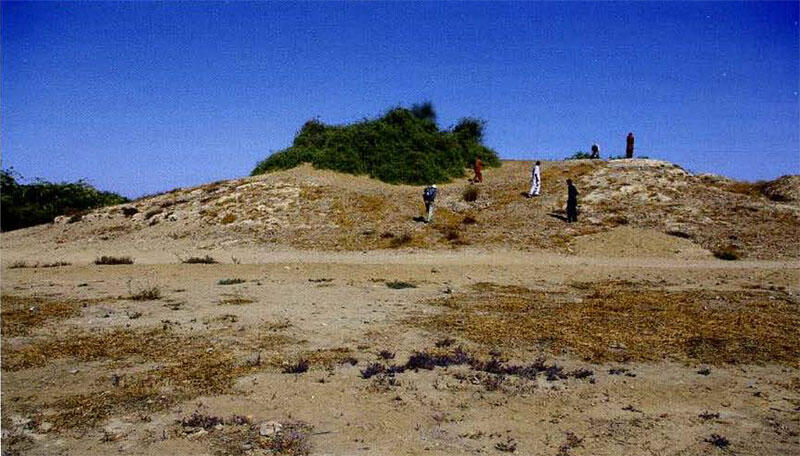"The scope of this paper" write the authors, "is to overview our knowl- edge of the prehistory of the northern coast of the Arabian Sea in Lower Sindh and Las Bela in Balochistan, define the chronology of the earliest coastal settlements, and discuss their location, characteristics, and disappearance. Coastal archaeology has greatly improved during the last 30 years' thanks to the interest that many archaeologists, palaeoclimatologists and geomorphologists, have paid to this unique field of research. This fact led the to the discovery of the earliest traces of coastal navigation, whose archaeological evidence, in the study region, is marked by the impressive finds excavated at as-Sabiyah in Kuwait, at the westernmost edge of the Persian/Arabian Gulf."
In short, this paper reviews the work done since the early 1970s east of Karachi along the Makran coast, containing what were once extensive mangrove areas (where salt and fresh water meet to create unique habitats). The evidence for human activity stretching back many tens of thousands of years along this once very different coast is enormous, and the authors lay out the discoveries made in recent years, often by an Italian archaeological team, including those of connections that span the entire Gulf region and specific ancient-Indus sites like Pir Shah Jurio.
Image: Balakot: The archaeological site (BLK-1) from the south (photograph by P. Biagi 2012)

